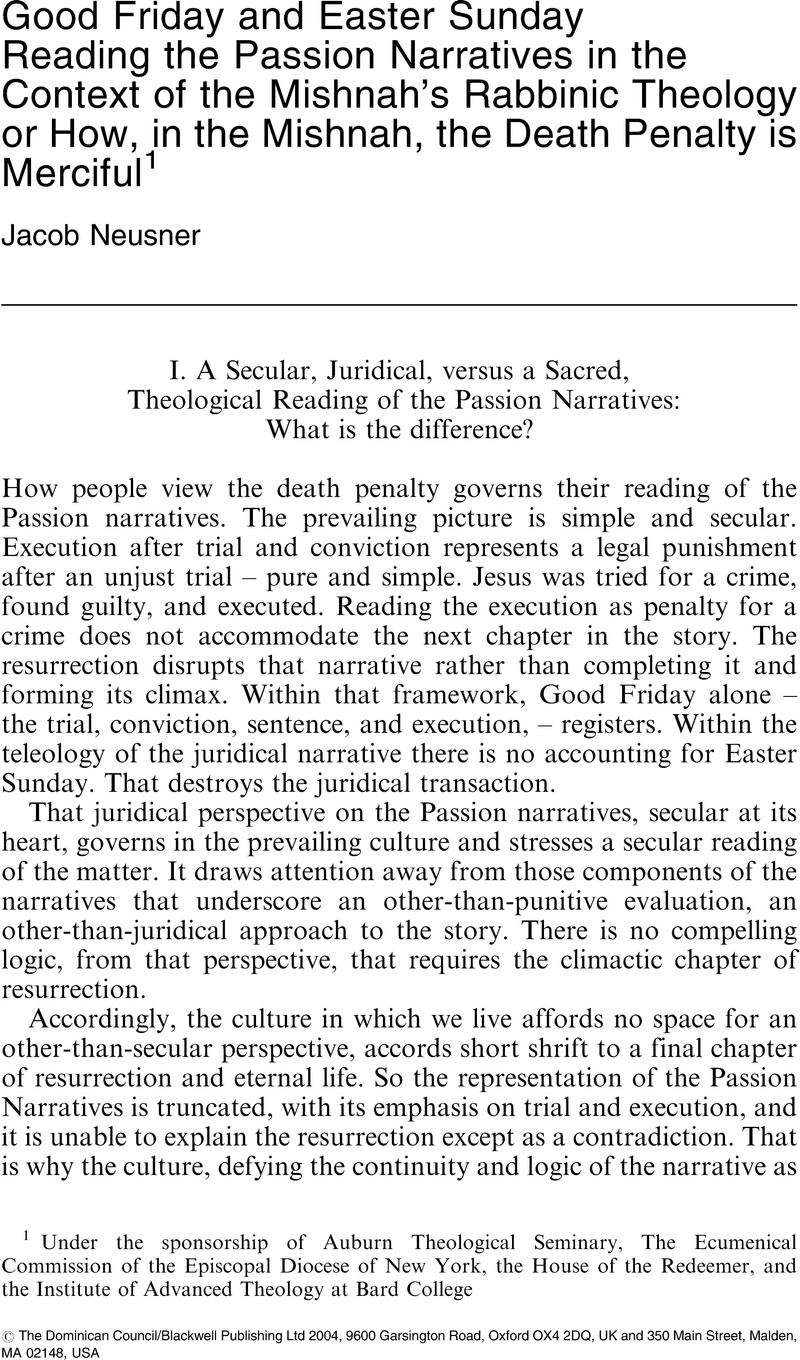No CrossRef data available.
Published online by Cambridge University Press: 01 January 2024

Under the sponsorship of Auburn Theological Seminary, The Ecumenical Commission of the Episcopal Diocese of New York, the House of the Redeemer, and the Institute of Advanced Theology at Bard College